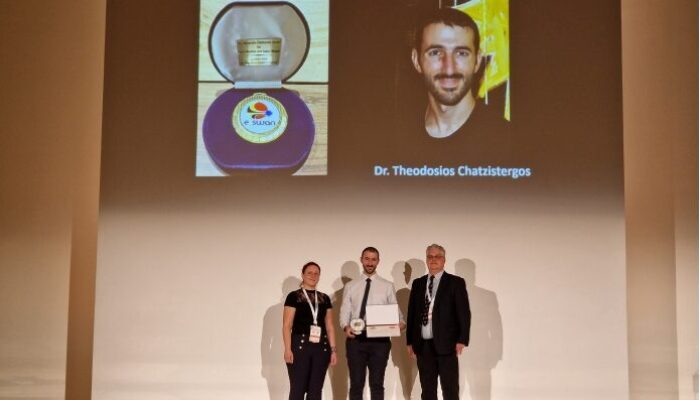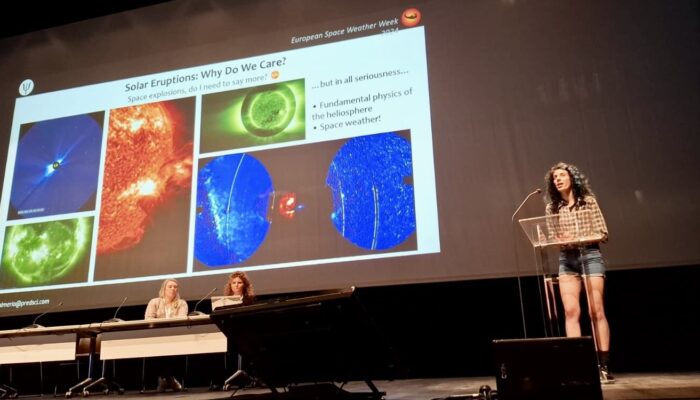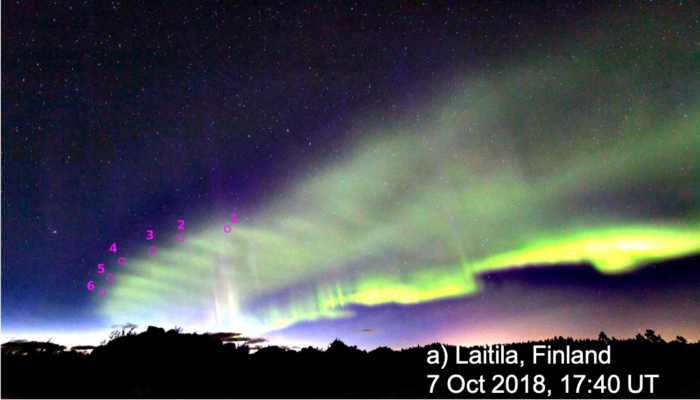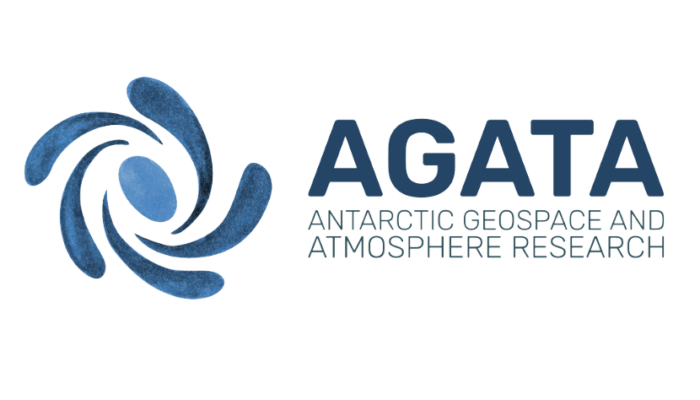“Heliophysics studies the Sun, its sphere of influence, and how it affects the bodies in the solar system.” – this holistic approach to understanding our space environment is at the heart of the European Heliophysics Community (EHC), an open and inclusive network of researchers across Europe (https://www.heliophysics.eu/). The EHC promotes collaborative, curiosity-driven science that explore ...[Read More]
Meet Richard Horne, 2025 Julius Bartels medalist, honoured for his fundamental contributions to understanding the formation of the radiation belts and their effects on space weather

Congratulations on receiving the 2025 Julius Bartels Medal for your groundbreaking contributions to wave-particle interactions, their role in accelerating charged particles, and advancing the understanding of the formation of the radiation belts and their space weather effects. What does this recognition mean to you personally, and how does it impact your work in this fascinating field? I am truly ...[Read More]
Meet Sandra Catherine Chapman, 2024 Hannes Alfvén Medalist, honoured for her groundbreaking contributions and vision in space plasma physics
Congratulations on receiving the 2024 Hannes Alfvén Medal for your pioneering work and outstanding leadership in advancing our understanding of space plasma physics, including its fundamental processes and impacts throughout the solar system and beyond. What does this recognition mean to you personally, and how does it impact your work in this fascinating field? I am deeply honoured to be awarded ...[Read More]
Decoding the Sun’s Past: Dr. Theodosios Chatzistergos, 2024 e-SWAN Alexander Chizhevsky Medalist, on his Scientific Journey

1. Congratulations on receiving the e-SWAN Alexander Chizhevsky Medal for outstanding contributions to space weather and space climate. How does this recognition reflect your work and impact in the field? Thank you! I am deeply honored to receive this award, which recognizes not just my work but the collective efforts of many collaborators over the years. My research has focused on reconstructing ...[Read More]
AGATA: Advancing Polar Science through Multi-Instrument Integration and Collaboration
Scientific research has long recognized that solar-terrestrial interactions play a crucial role in shaping the polar atmosphere, impacting both climate dynamics and atmospheric coupling across different layers. Understanding these interactions is key to unraveling their far-reaching effects on Earth’s climate, space weather, and global atmospheric processes. The recognition of these critical proce ...[Read More]
Meet Erika Palmerio, the 2024 Outstanding Early Career Scientist Awardee of the Solar-Terrestrial Division!

Congratulations on receiving the EGU 2024 ST Division Outstanding Early Career Scientist Award for your exceptional research in analyzing complex solar transients and their effects on space weather. What does this recognition mean to you personally, and how does it impact your work in this fascinating field? Thank you so much! Receiving an award from EGU is of particular significance to me, since ...[Read More]
New auroral dunes discovered through citizen science

The region of the Earth’s atmosphere lying at altitudes between about 80 and 120 km, corresponding to the mesosphere–lower thermosphere–ionosphere (MLTI), is often referred to as the “ignorosphere”, because its observation is so challenging that only a handful of measurements of its composition, temperature and other physical parameters have been obtained over the last few decades. It is, however, ...[Read More]



